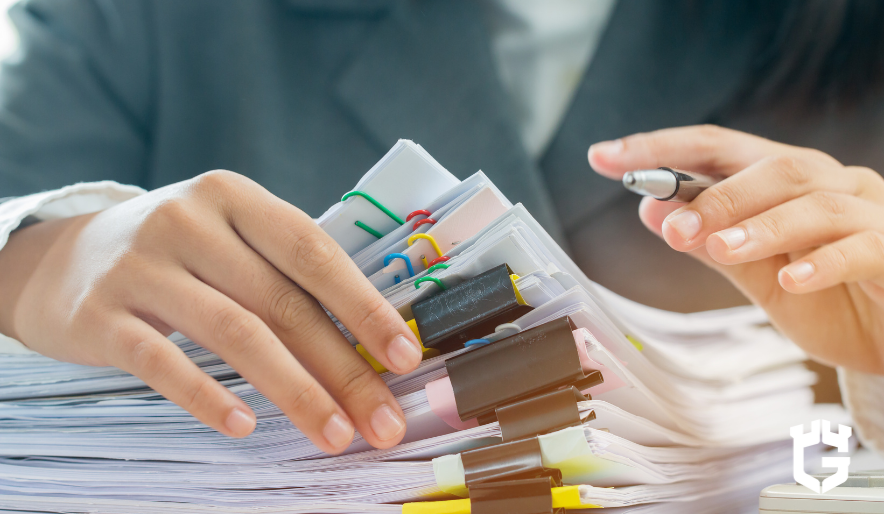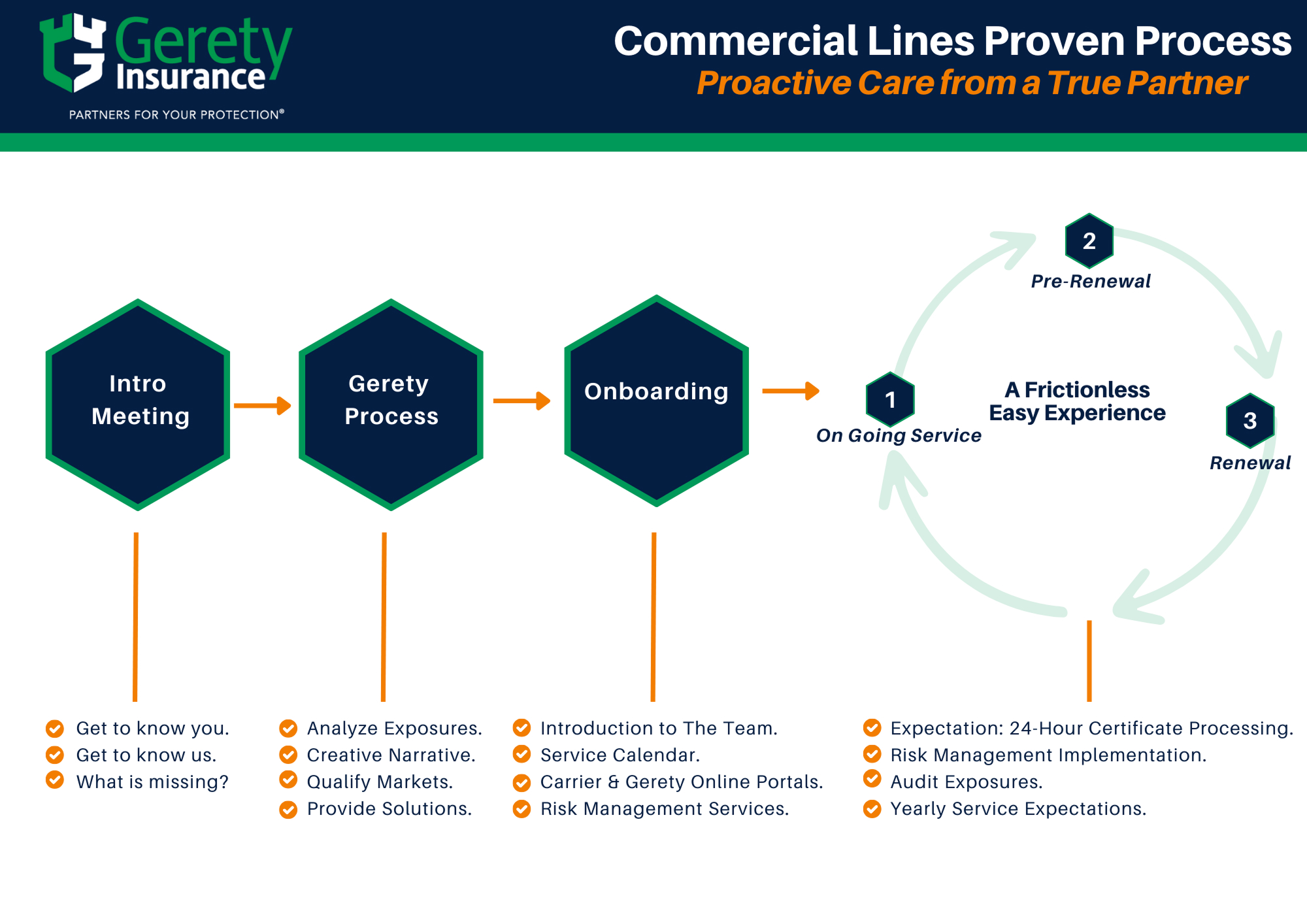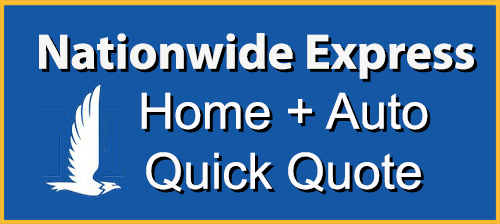Insurance audits are a critical yet often misunderstood aspect of business insurance. For many business owners, the word “audit” can trigger anxiety, but these regular reviews are actually designed to protect both your business and your insurance carrier.
While they’re typically mandatory as part of your policy agreement, understanding the process can help you navigate it successfully and even use it to your advantage.
That’s why we’ve created this comprehensive guide to help business owners understand, prepare for, and successfully manage their insurance audits.
Whether you’re facing your first insurance audit or looking to streamline your existing audit process, this guide will walk you through everything from basic concepts to detailed preparation checklists.
What Is an Insurance Audit?

An insurance audit is a comprehensive review process conducted by insurance carriers to verify that businesses pay the correct premium for their coverage. Unlike fixed insurance policies like auto or property insurance, certain business policies require annual audits to ensure premiums accurately reflect actual business operations, exposure, and risk.
During an insurance audit, carriers examine various aspects of your business operations, including revenue, payroll records, and business activities. This evaluation helps determine if your initial premium estimates align with your actual business metrics for the policy period.
Think of it as a financial reconciliation—you initially pay premiums based on projected figures, and the audit ensures these estimates match reality.
The Primary Purpose of Insurance Audits
The primary purpose of insurance audits is twofold:
- They protect insurance carriers from undercharging for coverage based on underestimated business metrics.
- They safeguard businesses from overpaying premiums when their actual exposure is less than initially projected.
This process ultimately ensures fair and accurate insurance pricing for both parties.
Understanding Insurance Premium Audits

Insurance premium audits occur at the end of your policy period, typically annually, to reconcile the difference between estimated and actual exposure factors like payroll, revenue, or square footage.
When Premium Audits Occur
Most insurance carriers initiate the audit process 30-60 days before your policy renewal date. They may conduct audits:
- In-person: An auditor visits your business location
- By mail: You submit the required documentation
- Virtually: Through online portals or video conferences
How Premium Adjustments Work
Your initial premium is based on estimated figures. During the audit, carriers compare these estimates to actual numbers. If your actual exposure exceeds estimates, you’ll owe an additional premium.
If it’s lower, you’ll receive a refund. The adjustment formula varies by policy type and exposure basis.
Financial Impact of Premium Adjustments on Businesses
Premium adjustments can significantly impact your cash flow, especially if you underestimated your exposure. For example, if your actual payroll was $100,000 higher than estimated, you might owe several thousand dollars in additional premiums.
To minimize financial surprises:
- Keep accurate records throughout the year
- Monitor exposure metrics quarterly
- Budget for potential premium adjustments
- Consider pay-as-you-go options for workers’ compensation
Common Types of Insurance Audits
Workers Compensation Insurance Audit
Workers’ compensation audits protect both employers and employees by ensuring accurate coverage based on workplace risk exposure. Auditors examine:
- Total payroll verification across all locations, including wages, commissions, bonuses, holiday pay, and vacation pay
- Employee classifications based on detailed job duties, risk levels, and state-specific codes
Documentation requirements are extensive and must be maintained throughout the policy period. Auditors typically review payroll records, tax forms, state unemployment reports, and detailed breakdowns of overtime wages.
Businesses using contractors will need certificates of insurance and 1099 forms to verify proper risk transfer.
General Liability Insurance Audit
General liability audits assess your business’s exposure to third-party risks and property damage claims. The audit focuses primarily on revenue verification through financial statements and tax returns to compare actual versus estimated exposure.
During the operations review, auditors evaluate:
- Current business activities and service offerings
- Facility locations and square footage
- Customer foot traffic patterns
- Contractual risk transfer agreements
Risk assessment extends beyond basic operations to examine your safety protocols, incident reporting procedures, and quality control measures. How well you manage these factors can significantly impact your premium calculations.
Professional Liability Insurance Audit
Professional liability audits focus on protecting against claims of errors, omissions, or negligence in professional services. Revenue analysis examines not just total income but its distribution across service types and client industries.
Auditors evaluate professional staff qualifications through:
- Credentials and certifications
- Years of experience
- Continuing education records
- Role-specific responsibilities
Quality control procedures and project management systems are also reviewed to ensure appropriate risk management practices are in place. This includes examining client contracts, communication protocols, and claims history.
Commercial Auto Insurance Audit
Commercial auto audits ensure proper coverage for all vehicle-related business activities. The process begins with a comprehensive fleet analysis, examining owned vehicles, hired vehicles, and any specialized equipment that could affect risk exposure.
Key audit components include:
- Driver qualification verification
- Vehicle usage patterns and service areas
- Annual mileage records
- Cargo types and values transported
Operational patterns are particularly important, as they help carriers assess risk exposure accurately. This includes evaluating delivery routes, interstate travel, and peak usage periods that might affect coverage needs.
Your Insurance Audit Checklist

A successful insurance audit starts with proper preparation throughout your policy period. This checklist will help you gather the necessary documentation and avoid common pitfalls.
90 Days Before Audit
- Schedule internal audit planning meeting
- Designate an audit coordinator
- Review the prior year’s audit findings and adjustments
- Begin reconciling the current year’s records
- Set up digital or physical folders for documentation
60 Days Before Audit
Gather Key Financial Records:
- Business tax returns
- Quarterly payroll reports
- Sales journals and revenue records
- Subcontractor payments and certificates
Update Employee Information:
- Current staff roster with classifications
- Job description changes
- New hire and termination dates
- Overtime and bonus documentation
30 Days Before Audit
- Verify all subcontractor certificates are current
- Reconcile payroll totals with tax filings
- Document any operational changes during the policy period
- Prepare a summary of business activities by location
- Create a detailed list of questions for the auditor
One Week Before Audit
- Review all documentation for completeness
- Confirm audit appointment and format (virtual/in-person)
- Ensure key personnel are available
- Prepare workspace if the auditor is coming on-site
- Have explanations ready for any unusual circumstances
Remember, successful audits depend more on year-round preparation than last-minute organization.
By following this checklist and maintaining consistent record-keeping practices, you can ensure a smooth audit process and minimize unexpected premium adjustments.
After the Audit: Exploring Your Insurance Options

An insurance audit often reveals opportunities to optimize your coverage or identify gaps in protection. Whether the audit results in premium adjustments or highlights changes in your business operations, it’s an ideal time to review your overall insurance strategy.
Why Review Your Coverage Post-Audit?
- Business changes identified during the audit may suggest the need for additional coverage.
- Premium adjustments might indicate opportunities for more cost-effective insurance solutions.
- Operational modifications could qualify your business for different policy types or carriers.
- Risk management improvements may warrant premium reductions.
At Gerety Insurance, we help Maryland businesses review their insurance strategy following audits to ensure optimal protection.
For over 25 years, we’ve served Harford County and beyond with a simple philosophy: people before policies. If your audit has highlighted any operational changes or coverage concerns, our local team will help review your options.






